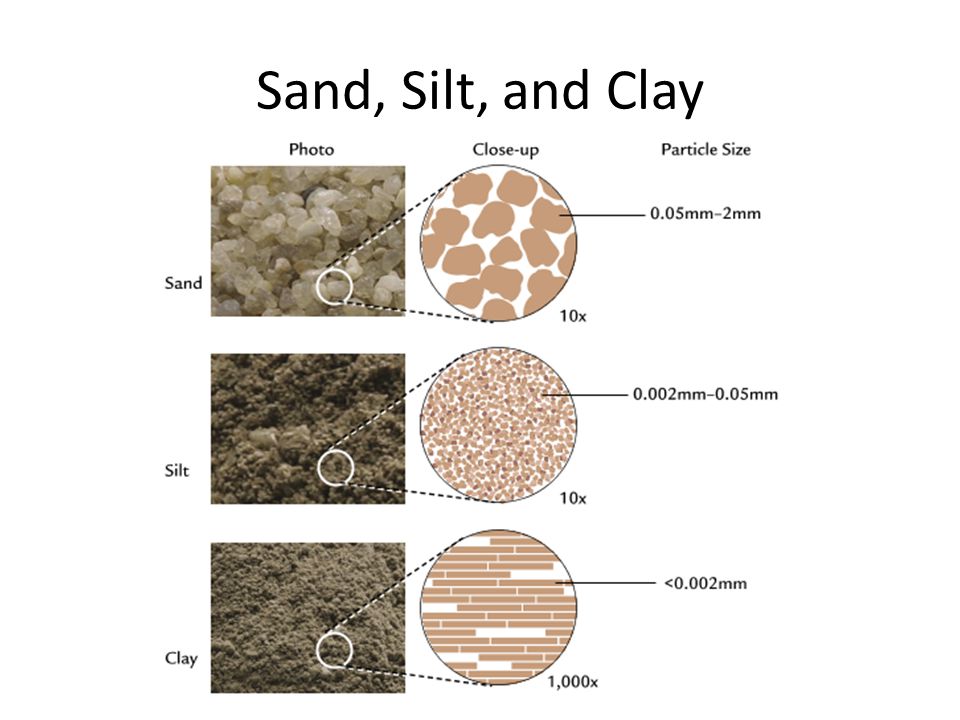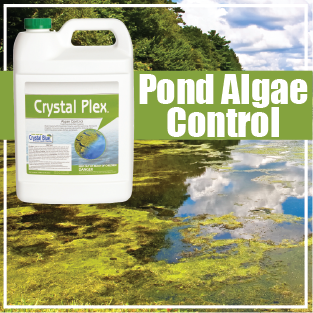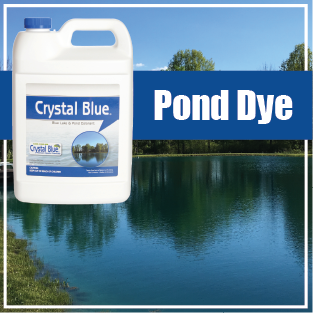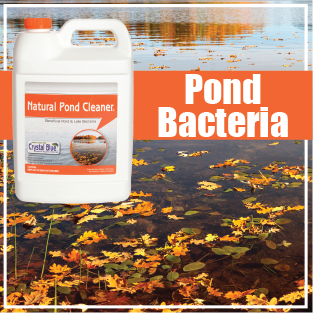Soil types are very important to consider when digging a pond. There are three basic soil types; namely, sand, silt and clay. Soil can be made up of one of these or a mixture of all three.
Sand is the largest particle and is the most porous (water flows through it easily). If your soil has a lot of sand in it, it will not hold water well and therefore would not be a good soil type to build a pond in.
Silt is a medium size soil particle. It is small enough to slow water flow, but it will not hold water long enough to create a pond. Most wetlands have silt in them and this allows them to flood and then slowly drain over time.
Clay is the smallest soil particle. Clay is very sticky and creates a leak proof barrier that will completely retain water. Clay is the soil type uniquely qualified for creating ponds.

Now, most soil is not made up of one soil type. When soil contains sand, you will need to add a clay layer on the pond’s bottom to retain water. If your soil is a silt and clay mix, it will likely hold water well enough to create a pond. If you have a high clay content in your soil, then a pond could be in your future! Contact the agronomy department of a state agriculture university to have a soil sample taken and analyzed for it's content.
For additional information on how to maintain your large pond contact the experts at Sanco or check our our blog series on DIY Pond Care.



